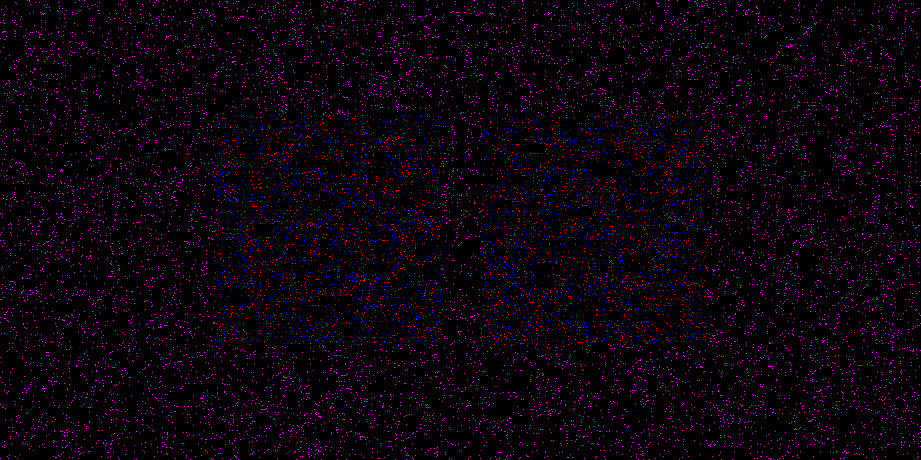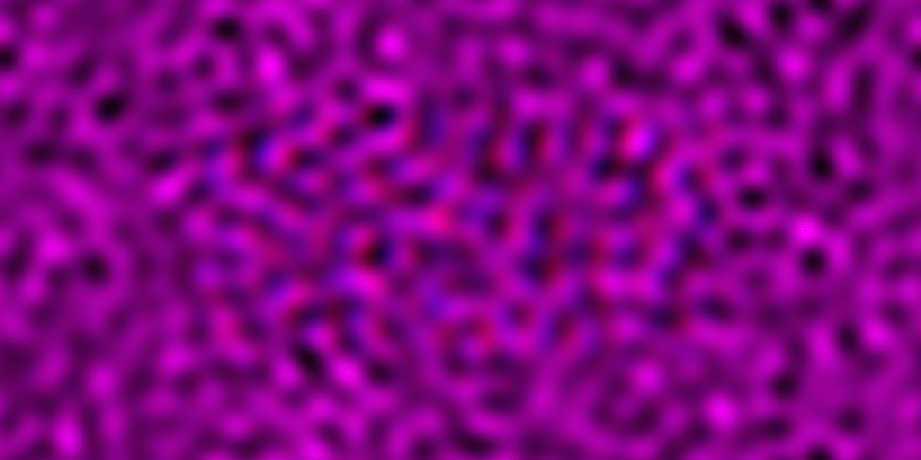
The main disadvantage of either global or local optimization is the computational cost (to go through all n! possible configurations or to iterate untill the network is stable), while the brain seems to do it so effortlessly. This problem is basically caused by the ambiguity of matching the two sets of points, as any dot on one retina can be matched to any of the dots on the other. However, this ambiguity can be reduced by spatial frequency filtering. As we discussed before, the visual system can be simulated as a bank of spatial frequency band-pass filters of different frequencies and orientations. If the images formed on the retinas are first low-pass filtered, as shown in the figure, the ambiguity is drastically reduced and the matching problem becomes much easier to solve. So the visual system could obtain the binocular disparity needed for depth perception from the low frequency components of the input images (while the higher frequency components may be used for higher precisioin). As can be seen from the demo, the sensation of depth from the low-passed filtered version of the random dot image is as strong as that from the original image.

